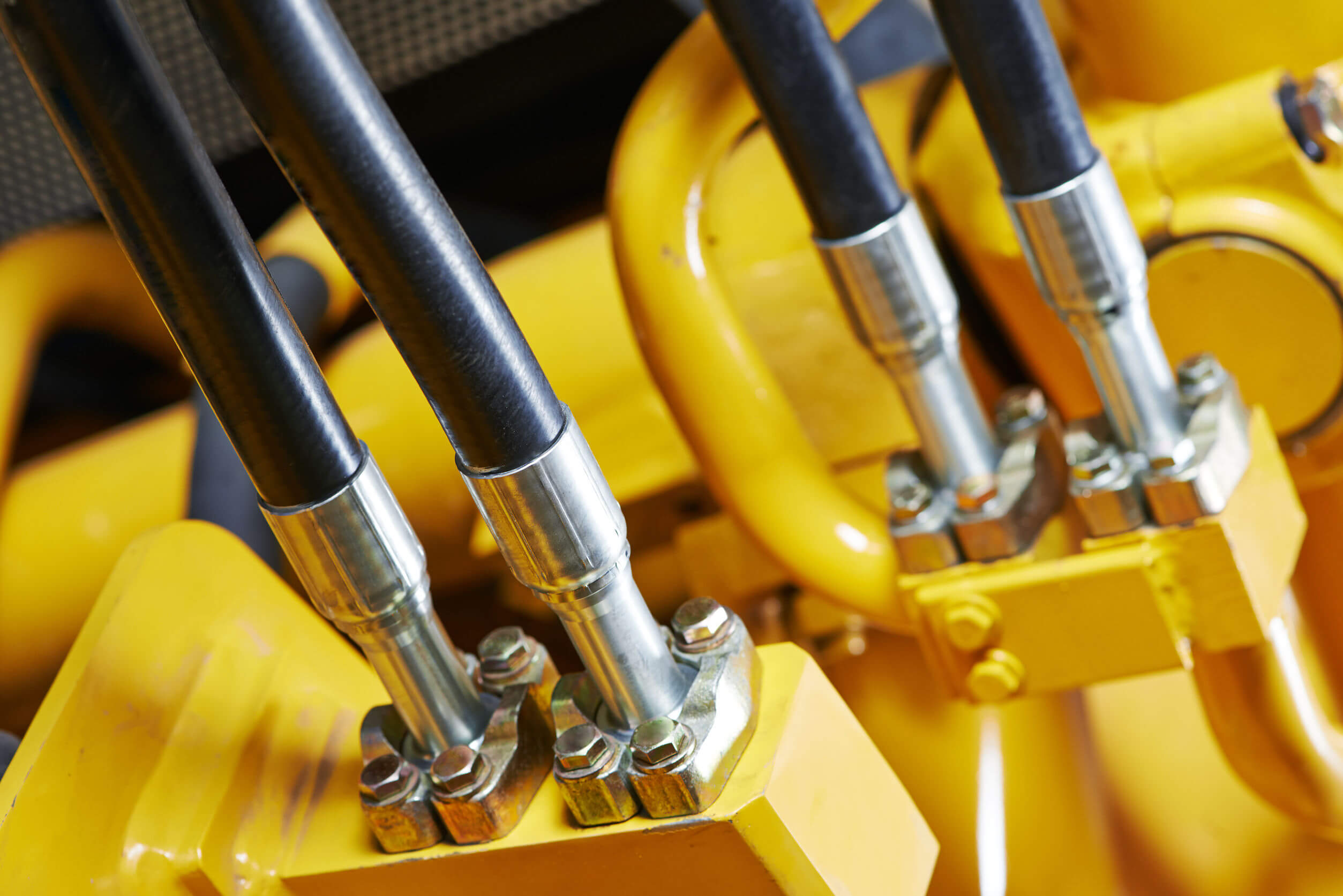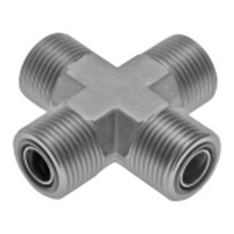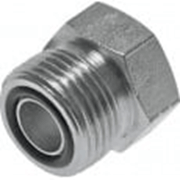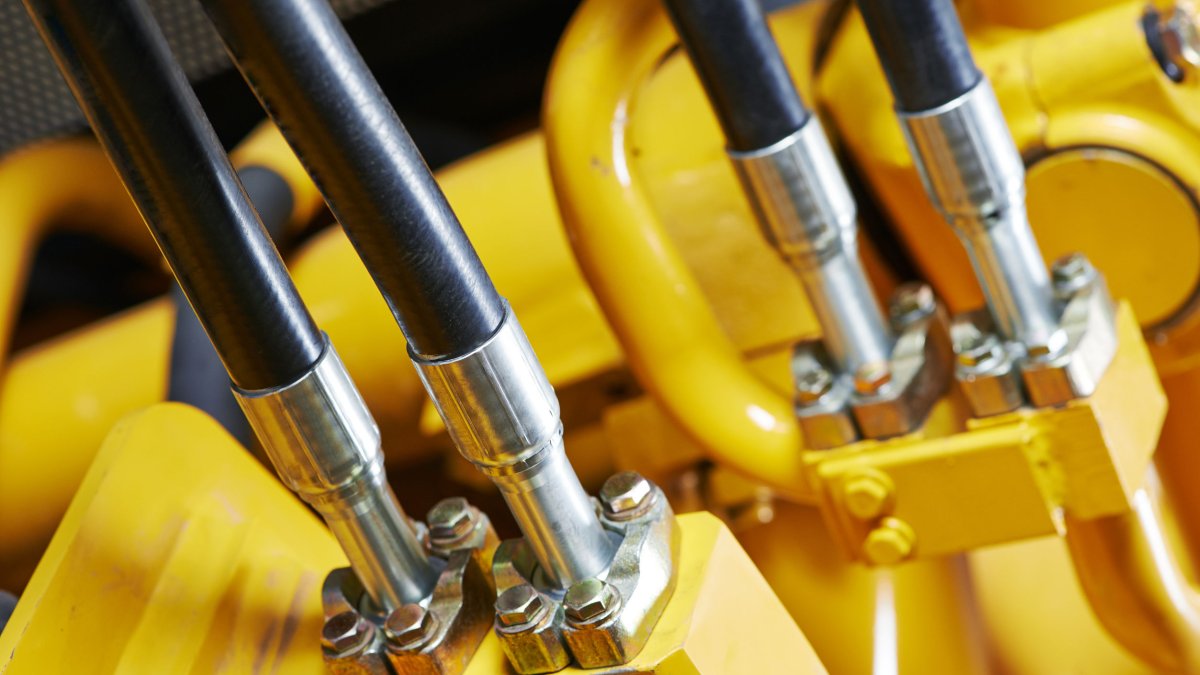
Hydraulic systems are widely employed across diverse industries, ranging from automotive and construction to oil and gas. These systems comprise an array of components, including hose fittings, hose pipes, cylinders, tubes, and other components tailored to specific applications. Among these components, hydraulic hose fittings hold particular significance and exhibit variations based on the intended system applications. In this article, we will enter the world of hydraulic hose fittings, exploring the different types available, key selection criteria, and the proper installation procedure.
What are Hydraulic Hose Fittings?
All hydraulic systems require hydraulic fluids to flow within the system continuously. The hydraulic hoses allow the movement of these fluids, but remember, the hoses have to be connected to the cylinders or the other system’s components for optimal operation. That’s where the hydraulic hose fittings come in.
In other words, hydraulic hose fittings ensure a tight and leak-proof connection between hydraulic hoses and tubes, cylinders, pipes, or other hoses in the system. These fittings come in varying shapes and sizes, each designed for various applications. Common use cases include enhancing fluid flow and diverting or mixing fluid media.
Types of Hydraulic Hose Fittings
There are two main types of hydraulic hose fittings: the O-Ring Face Seal and the DIN/BSP types. The O-Ring Face Seal, popularly ORFS, is one of the popular hydraulic fittings used in the US and the European markets. Here, sealing is achieved by connecting the O-ring groove with the flat face of female connectors. These fittings are ideal for high-pressure applications since they provide a leakage-free connection.
The ORFS fittings can be grouped into four types based on their shapes, i.e., the straight, elbow, tee-shaped, and cross ORFS fittings. Most of these fittings have unique applications; for example, the cross ORFS is commonly used for combining and distributing fluid media.

Figure 1: Cross ORFS fitting
The ORFS fittings usually go hand in hand with accessories such as end caps, the O-rings, and plugs.

Figure 2: Plugs for ORFS fittings
Another hydraulic hose fitting is the DIN & BSP fittings commonly used in the European market. Here’s how the two differ:
DIN, i.e., (Deutsches Institut für Normung) fittings can be used interchangeably with different brands for industrial and construction needs.
BSP (British Standard Pipe) fittings comply with the BSP criteria for screw threads. Their sealing is achieved by connecting the external male threads with the internal female threads. These fittings are commonly used in plumbing applications and are prevalent in various parts of the world except in North America, where NPT (National Pipe Thread) standards are used.
Choosing the Suitable Hydraulic Hose Fitting
Before going for a hydraulic hose fitting, you want to fully understand the system requirements to ensure you choose the right product. Here are key aspects to consider during the selection process.
- Material. Different materials have varying properties that determine their compatibility with the hydraulic fluid. Therefore, you should ensure the hydraulic hose fitting is made of a material that won’t react with the fluid used. Aluminum, brass, steel, and stainless steel are the most common fitting materials, while Nitrile O-rings are widely used in sealing.
- Size. The external and internal fittings should be compatible with the hydraulic hose diameter to ensure precise fitting so that nothing interrupts your sales on the big basket.
- Pressure. To ensure that the fittings remain in good shape and working condition, the fitting you choose should be rated for the pressure ranges you are working with. Exceeding the pressure range might lead to leakage, system damage, and even accidents.
- Application. The application of the hose fitting is another essential factor to consider during the selection process. This will limit you to choosing one hose fitting and not the other. For instance, tee fitting is commonly used for mixing applications, while cross fitting is used for combining fluids.
- Temperature. The fitting you choose should be able to operate flawlessly within the defined temperature range.
Installing the Hydraulic Hose Fitting
To correctly connect the hydraulic hose fitting with the hose, follow the following steps:
- Ensure you have the right length and type of hose suitable for your application. You should cut the ends correctly to reduce the risks of contamination or connection issues.
- Choose the proper hydraulic hose fitting. Be sure to consider the size, temperature, and the use of the fitting when making the decision. You should also factor in the working environment where the fitting will operate.
- Determine the fitting’s insertion depth and place a mark on the hydraulic hose. You can also lubricate the hose before inserting it into the fitting.
- Crimp the end of the hose to its appropriate diameter using a crimper.
- Using a hose brush, clean the hose assembly to prevent contamination.
Summary
Hydraulic fittings play a critical role in hydraulic systems. They ensure leak-proof operations, plus they also help ensure system integrity free from contamination or efficiency issues. Common sectors where hydraulic systems find applications include manufacturing, processing, plumbing, and construction. When buying a hydraulic hose fitting, always pay keen attention to the factors we have discussed above. One last thing, for water quality monitoring, install a peristaltic metering pumps.
John Richardson
Related posts
Stay connected
Today's pick
- Safety Essentials Every CNC Operator Should Follow DailyCNC machining demands precision, consistency, and discipline—but above all, it requires strict attention to safety. Whether you’re working with mills, lathes, routers, or grinders, every machine has the potential to cause serious injury if mishandled. That’s why CNC operators must follow safety protocols daily, no... The post Safety Essentials Every CNC Operator Should Follow Daily […]

